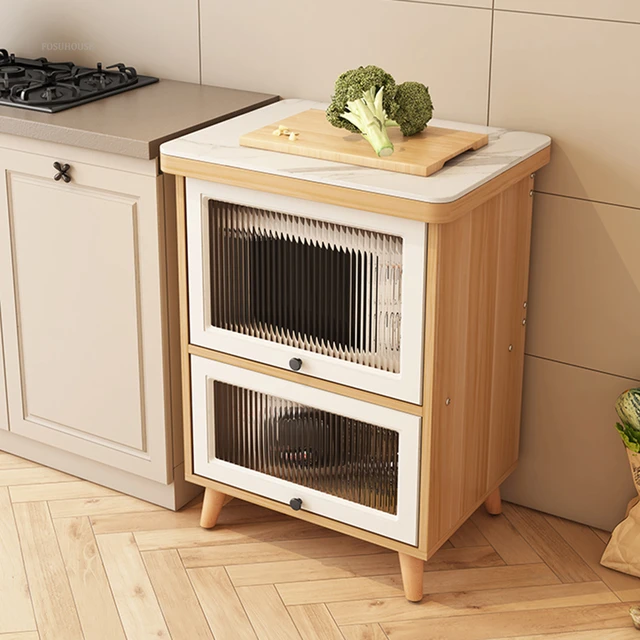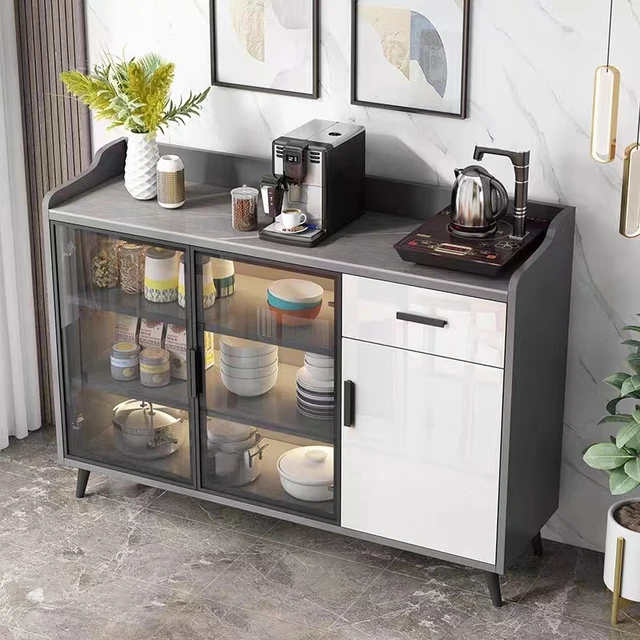 Introduction:
Introduction:
Discovering mold in your kitchen cabinets can be concerning and problematic. Mold growth not only compromises the structural integrity of your cabinets but also poses health risks. In this comprehensive guide, we will explore the causes of mold in kitchen cabinets, prevention techniques, and effective remedies for dealing with mold growth. By understanding these factors and following the recommended steps, you can eliminate mold and ensure a safe and healthy kitchen environment.
 Introduction to Mold in Kitchen Cabinets
Introduction to Mold in Kitchen Cabinets
Mold growth in kitchen cabinets is a common issue caused by excess moisture and poor ventilation.
A. Health Hazards: Exposure to mold can lead to various health problems, including allergies, respiratory issues, and infections.
B. Causes of Mold: Mold thrives in damp, dark environments, making kitchen cabinets susceptible to mold growth.
Identifying Mold in Kitchen Cabinets
Knowing how to identify mold in kitchen cabinets is crucial for timely intervention.
A. Visible Mold Growth: Look for patches of mold, typically appearing as black or green spots or a fuzzy texture.
B. Musty Odor: Mold growth often produces a distinctive musty smell, indicating its presence.
Causes of Mold in Kitchen Cabinets
Understanding the underlying causes of mold growth helps prevent its recurrence.
A. Moisture Accumulation: Excessive humidity, condensation, or water leaks contribute to elevated moisture levels, promoting mold growth.
B. Poor Ventilation: Insufficient air circulation and lack of proper ventilation trap moisture, creating an ideal environment for mold.
 Preventing Mold in Kitchen Cabinets
Preventing Mold in Kitchen Cabinets
Implementing preventive measures helps avoid mold growth in kitchen cabinets.
A. Maintain Proper Ventilation: Install or enhance kitchen exhaust fans to remove excess moisture and improve airflow.
B. Control Humidity Levels: Use dehumidifiers or air conditioners to keep humidity levels below 50% in the kitchen.
C. Address Water Leaks: Regularly inspect and promptly repair any leaks in plumbing, sinks, or appliances to prevent moisture buildup.
Remedies for Dealing with Mold
Taking immediate action is essential for removing mold from kitchen cabinets.
A. Safety Precautions: Wear protective gear, such as gloves, goggles, and a mask, to avoid direct contact with mold spores.
B. Cleaning Moldy Surfaces: Scrub the affected areas with a mixture of water and detergent or a store-bought mold cleaner.
C. Removing Infested Materials: If the mold has severely damaged the cabinets, it may be necessary to replace affected materials.
 Professional Mold Remediation
Professional Mold Remediation
In some cases, professional assistance may be required for extensive mold infestations.
A. Assessing the Severity: Consult a professional mold remediation specialist to evaluate the extent of the mold growth and provide appropriate solutions.
B. Professional Cleanup: Trained professionals can safely remove the mold, restore the affected cabinets, and address underlying moisture issues.
Preventing Future Mold Growth
Taking preventive measures helps prevent the recurrence of mold growth.
A. Regular Cleaning: Keep cabinets clean and dry by regularly wiping surfaces and promptly addressing any spills or moisture buildup.
B. Proper Air Circulation: Ensure optimal air circulation by maintaining well-ventilated spaces and keeping cabinet doors ajar when possible.
Health Risks and Precautions
Understanding the health risks associated with mold exposure is essential for taking necessary precautions.
A. Allergic Reactions: Mold spores can trigger allergic reactions, such as sneezing, coughing, and skin irritation, in susceptible individuals.
B. Respiratory Issues: Prolonged exposure to mold can lead to respiratory conditions, including asthma and respiratory infections.
Some common types of kitchen cabinets:
There are various types of kitchen cabinets available, each designed to serve specific storage and organizational purposes. Here are some common types of kitchen cabinets:
Base Cabinets:
Base cabinets are the most common type of cabinets found in kitchens. They are installed at the base or floor level and provide both storage and countertop support. Base cabinets typically have drawers, shelves, or a combination of both.
Wall Cabinets:
Wall cabinets are installed above the countertop, usually mounted on the wall, and offer additional storage space. They are commonly used to store items that are frequently accessed or to display decorative items.
Tall Cabinets:
Tall cabinets, also known as pantry cabinets or utility cabinets, are floor-to-ceiling cabinets that provide ample storage space for items such as food, brooms, and cleaning supplies. They are particularly useful for maximizing vertical storage in the kitchen.
Corner Cabinets:
Corner cabinets are designed to utilize the available space in kitchen corners effectively. They usually have a specialized shape, such as a diagonal or L-shaped design, with rotating or pull-out shelves to access items stored in the corner easily.
Glass-Front Cabinets:
Glass-front cabinets feature doors with glass panels, allowing for display and showcasing of items such as fine china, glassware, or decorative pieces. They offer an aesthetic appeal and can create a visually open and spacious look in the kitchen.
Open Shelving:
Open shelving is an alternative to traditional cabinets, consisting of open shelves mounted on the wall. It provides a more accessible and visually open storage solution. Open shelves are often used to display frequently used kitchen items or to showcase decorative pieces.
As for their placement, the specific location of kitchen cabinets depends on the kitchen layout and personal preferences. However, here are some general guidelines:
Base cabinets are typically placed against walls or underneath countertops where they provide support and serve as the foundation for workspaces.
Wall cabinets are installed above the countertop, allowing for easy access to frequently used items and additional storage space.
Tall cabinets are often placed in areas dedicated to pantries or utility storage, away from the main cooking and preparation areas.
Corner cabinets are positioned in kitchen corners to maximize storage in these typically underutilized spaces.
The placement of cabinets should consider functional aspects, such as ease of access, ergonomic considerations, and efficient workflow in the kitchen. Personal preferences and design aesthetics also play a role in determining the arrangement and placement of kitchen cabinets.
 Conclusion
Conclusion
Mold growth in kitchen cabinets is a common issue caused by excess moisture and poor ventilation. By identifying the causes of mold and implementing preventive measures, such as maintaining proper ventilation and controlling humidity levels, you can effectively prevent mold growth. In the event of mold infestation, taking immediate action to clean and remove affected materials is crucial to prevent further damage and ensure a safe kitchen environment. If the mold problem is extensive, professional mold remediation services may be necessary. By understanding the health risks associated with mold exposure and taking necessary precautions, you can maintain a mold-free and healthy kitchen environment for you and your family.



